When Should You Add a Kickplate to Your Door?
As mundane as it may seem, doors are an essential part of our daily lives. They allow us access to homes, offices, and other establishments. Doors are not only functional, but they also serve aesthetical purposes by adding to the beauty of the space they occupy. However, doors, just like any other object, are subject to the wear and tear that comes with regular use. One part of the door that is particularly susceptible to wear and tear is the base. The base, or the bottom of the door, is usually the first point of contact with the floor, which can cause scratches and dents. This is where kickplates come in.
A kickplate is a metal or plastic strip attached to the bottom of a door. The primary function of a kickplate is to protect the door from damage caused by regular use. Kickplates come in different sizes, materials, and colors, making it possible to choose one that best fits the door and the room's décor. Kickplates are widely used in commercial buildings, but they are also becoming increasingly popular in residential settings. However, not all doors require kickplates. In this article, we will explore the reasons why and when you should consider adding a kickplate to a door.

Reasons to Consider Adding a Kickplate:
- High-Traffic Areas: Doors in high-traffic areas are more likely to experience wear and tear than those in low-traffic areas. For example, a door in a busy office building will be opened and closed more frequently than one in a residential home. This increased use can cause scratches, dents, and other forms of damage over time. If you have a door in a high-traffic area, adding a kickplate may be a great way to protect it from damage. Kickplates are durable and can withstand the constant wear and tear that comes with regular use.
- Harsh Weather Conditions: Extreme weather conditions like heavy rain, snow, and hail can cause significant damage to doors. The bottom of a door is particularly vulnerable in such conditions. Water can seep into the wood or other materials used to make the door, causing warping and rotting. Adding a kickplate to the door can help protect it from the elements. The kickplate will create a barrier between the door and the floor, preventing water from seeping into the door's bottom.
- Children and Pets: Children and pets can be rough on doors. They may scratch, kick, or bump into the door, causing damage over time. For instance, a child may repeatedly bang a toy car against the door, leaving scratches and dents in its wake. Similarly, pets may scratch the door with their claws or bump into it while running around. If you have children or pets in your home, adding a kickplate to the door can help protect it from damage. The kickplate will absorb the impact from kicks, bumps, and scratches, preventing the door from sustaining any significant damage.
- Decorative Purposes: Kickplates can also serve aesthetical purposes in addition to their functional role. Kickplates come in different colors, patterns, and materials, making it possible to choose one that complements the room's décor. For instance, if you have a door in a formal living room, adding a brass kickplate can add elegance and sophistication to the space. Alternatively, if you have a door in a child's playroom, adding a colorful kickplate with cartoon characters can add a fun element to the room.
- Business Image: If you own a business, the appearance of your premises can make a significant impact on your clients and customers. A door with scratches and dents can create a negative impression and give the impression that you don't take your business seriously. Adding a kickplate to your door can help improve the appearance of your establishment. A clean and well-maintained entrance can make a positive impact on potential customers, creating the impression that you take your business seriously.

When Should You Not Consider Adding a Kickplate to a Door?
While there are several situations where adding a kickplate to a door can be beneficial, there are some cases where it is not necessary.
- Low-Traffic Areas: Doors in low-traffic areas may not require a kickplate as they are less likely to experience wear and tear. For instance, a door in a bedroom or a bathroom may not require a kickplate as it is not opened and closed as frequently.
- Automatic Doors: Automatic doors are not manually opened and closed, so they are less likely to experience wear and tear. In this case, adding a kickplate may not be necessary.
- Glass Doors: Glass doors may not require a kickplate as they are more fragile and susceptible to breaking. While kickplates can help protect the door from scratches, they won't do much to protect it from breaking if someone accidentally bumps into the door.

Kickplates are a great way to protect doors from wear and tear. They are durable, functional, and can add to the aesthetics of the space they occupy. However, not all doors require kickplates. If you have a door in a high-traffic area, a door used by pets or young children, or a door that is exposed to harsh weather conditions, adding a kickplate can help protect it from damage. Additionally, if you own a business, adding a kickplate can improve the appearance of your establishment and make a positive impact on potential customers. However, if the door is in a low-traffic area or is an automatic or glass door, adding a kickplate may not be necessary. Ultimately, the decision to add a kickplate should be based on the door's specific requirement and your personal preferences.




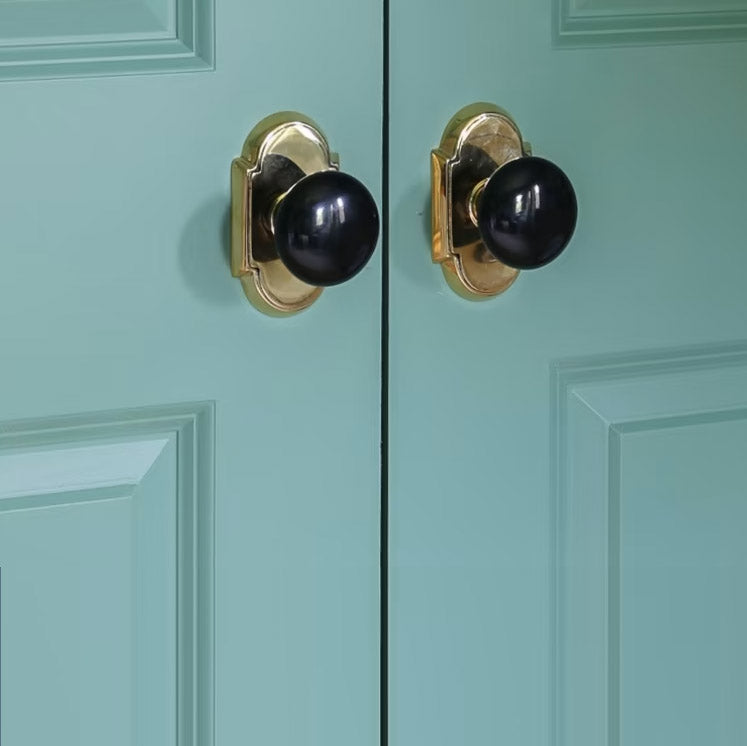
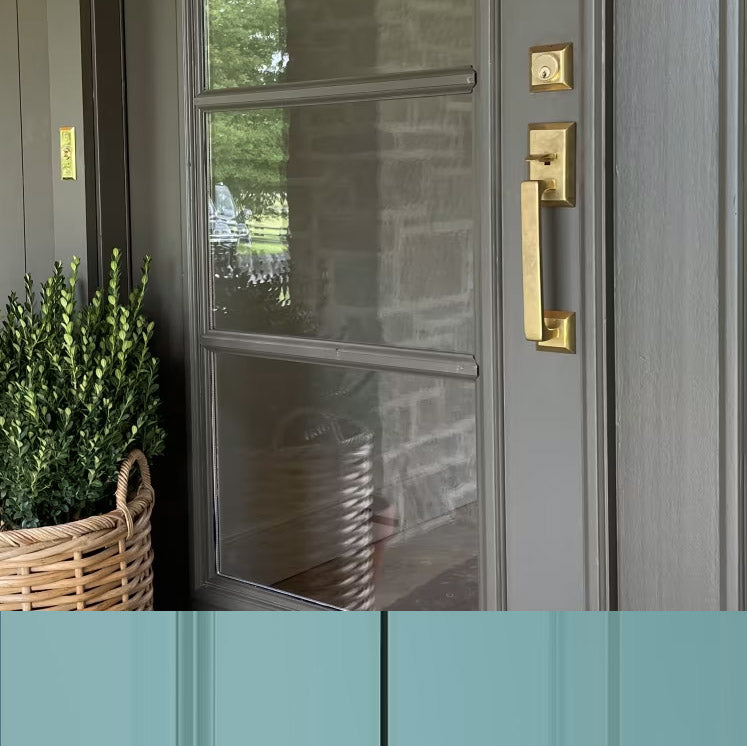
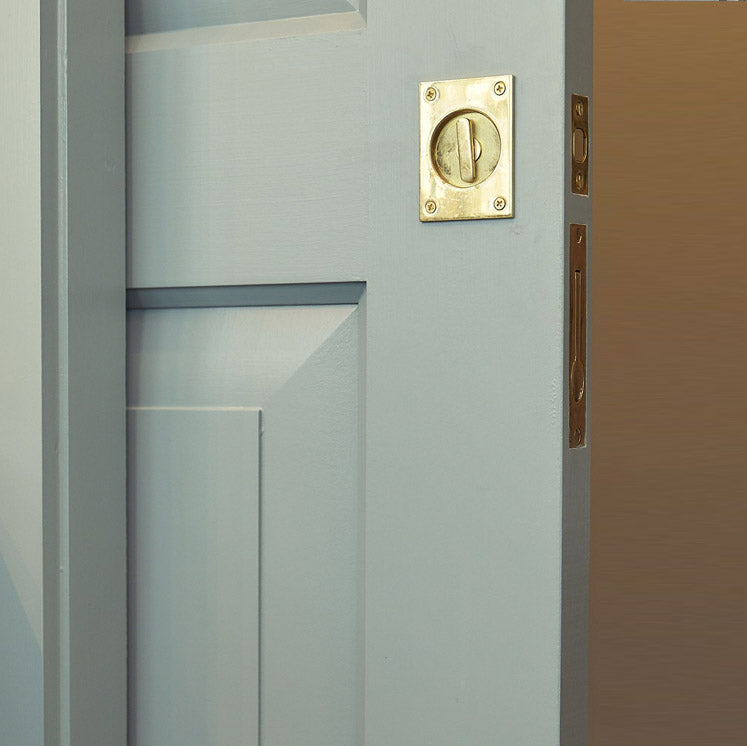

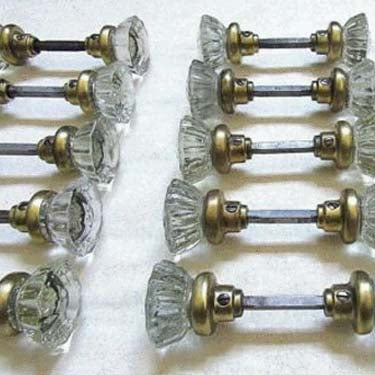

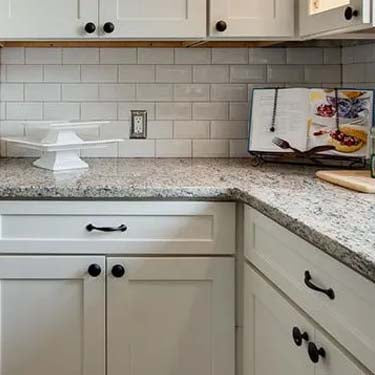


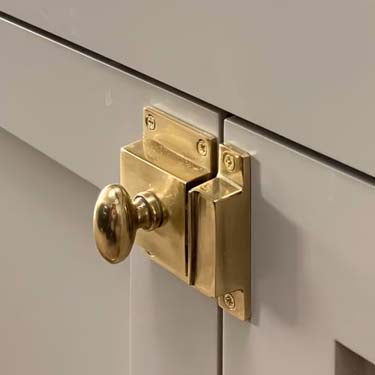
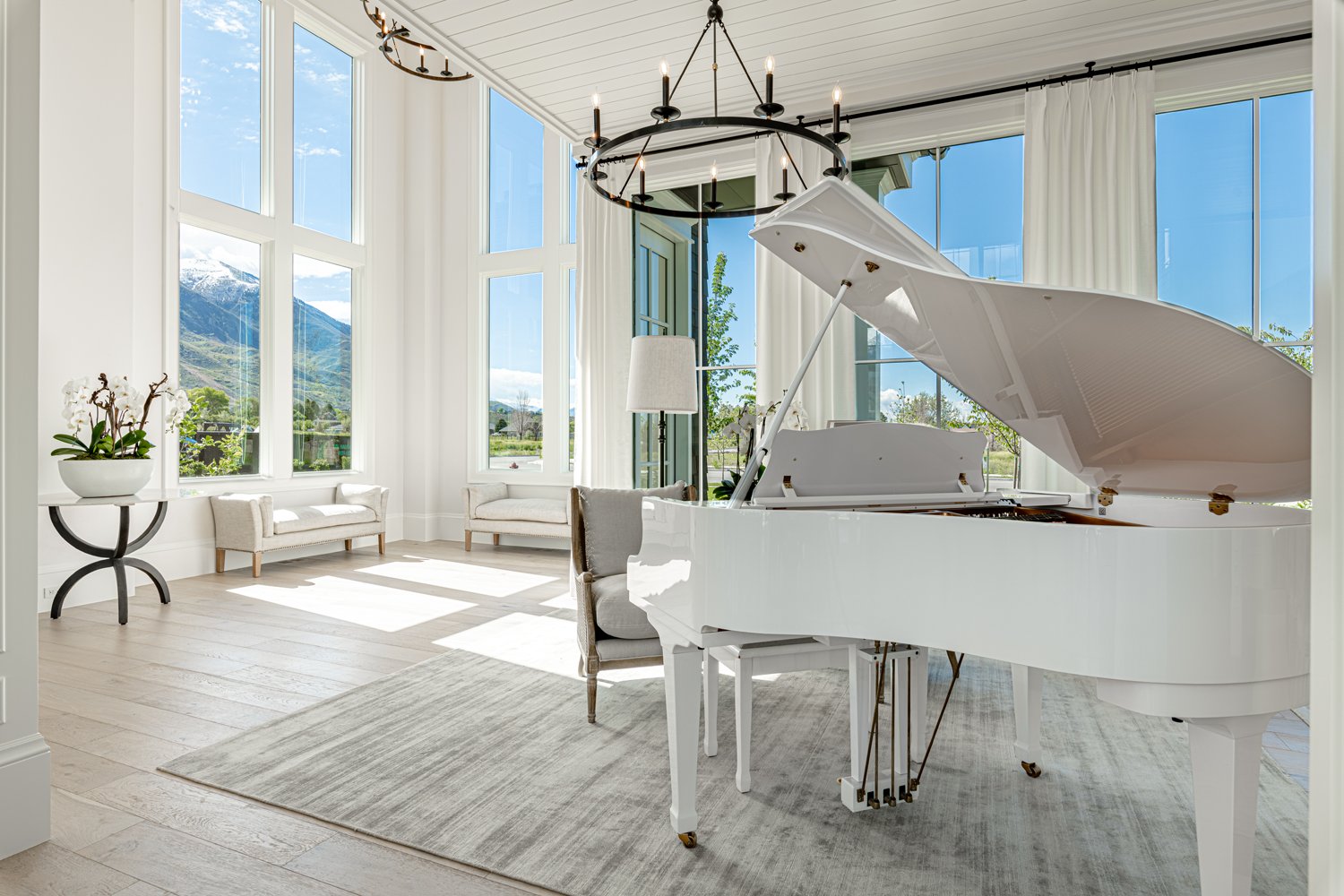
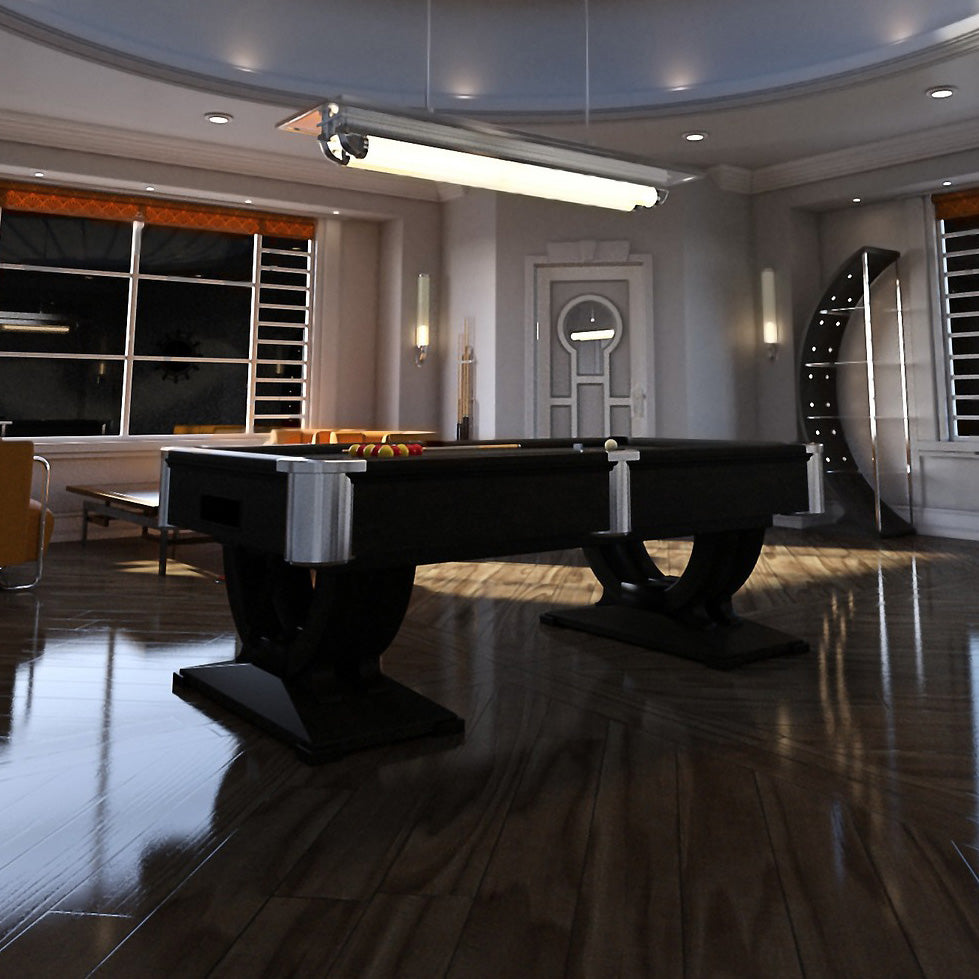


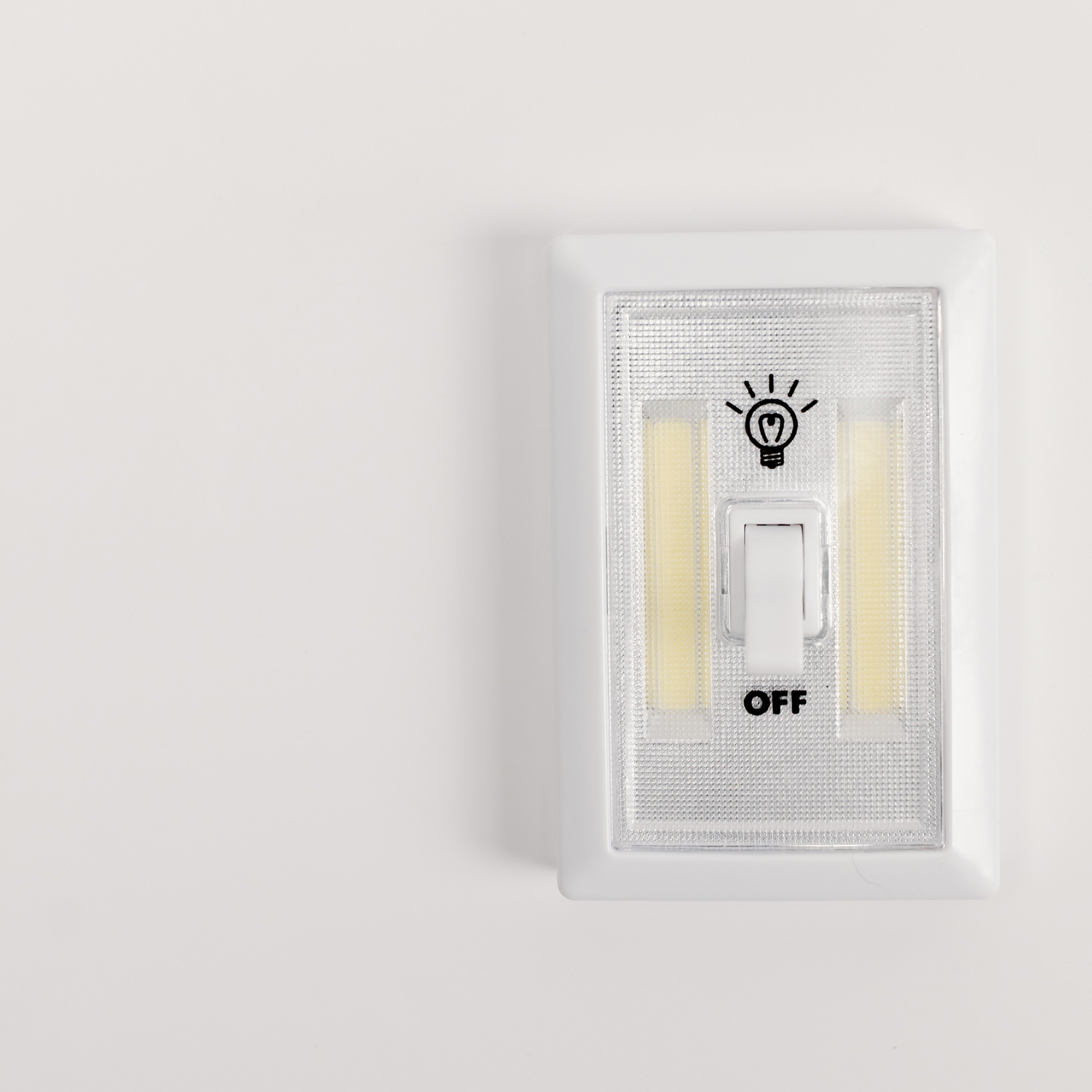
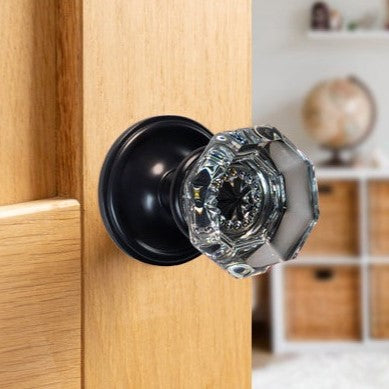

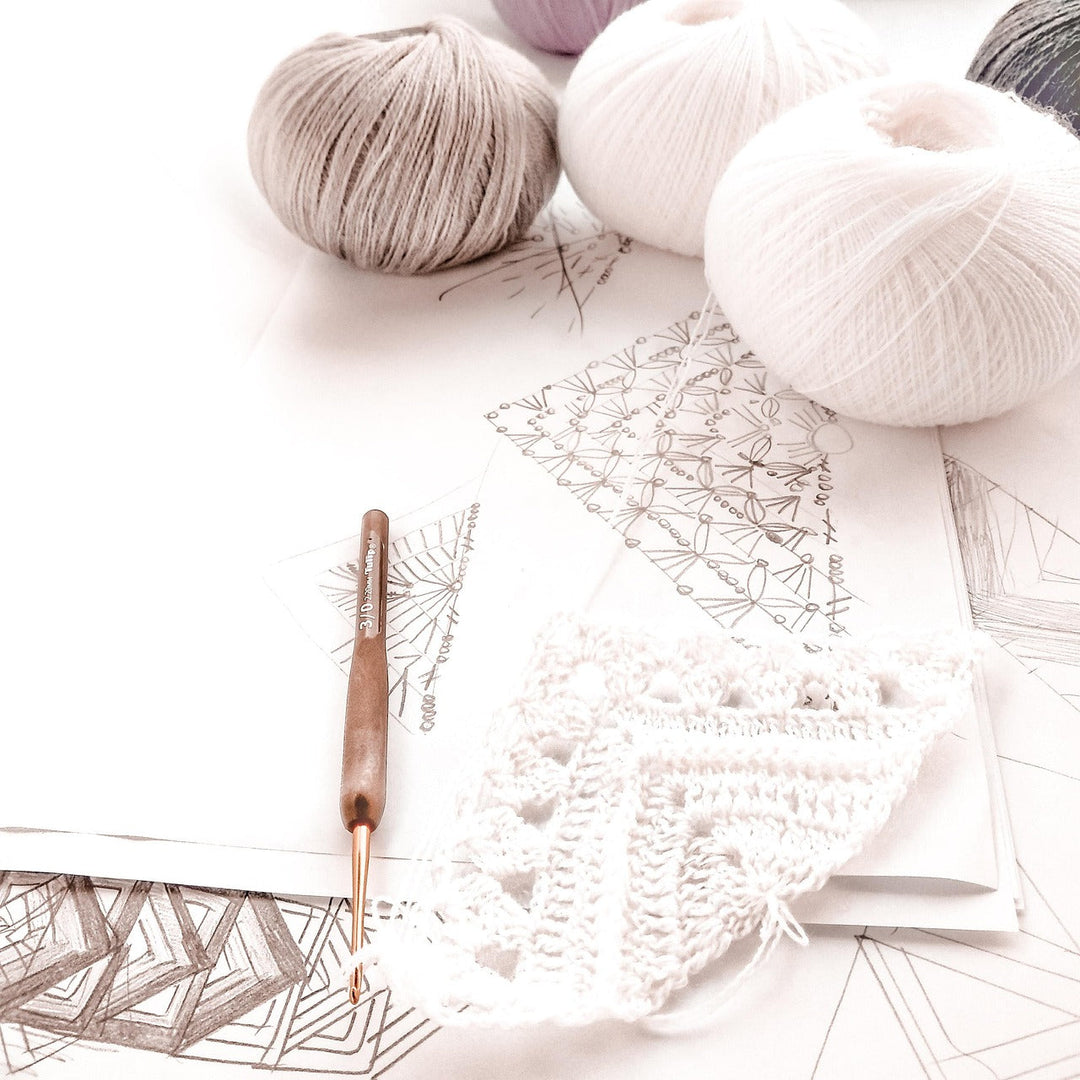
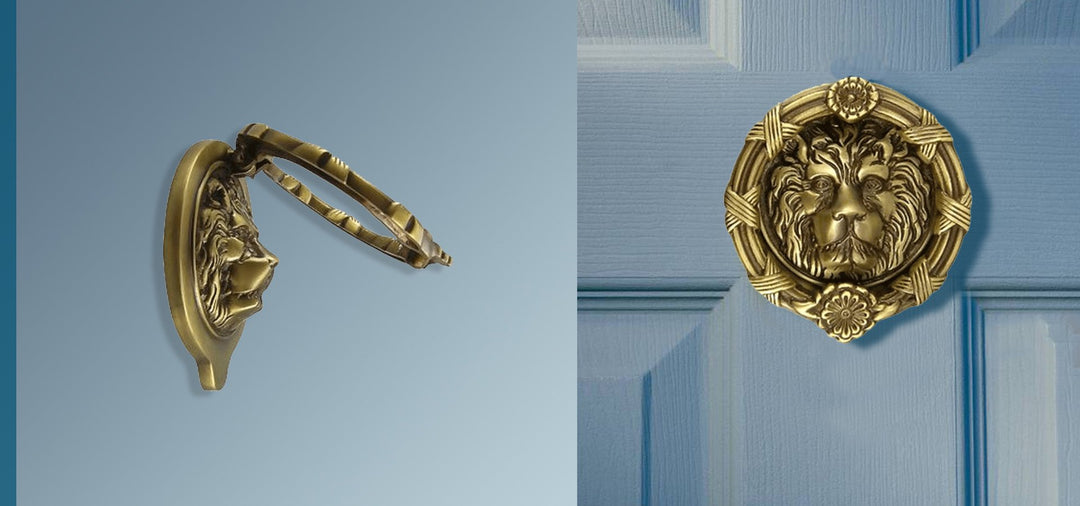
Excellent advice! A note on when they became fashionable (Victorian times?) would be helpful.
Leave a comment